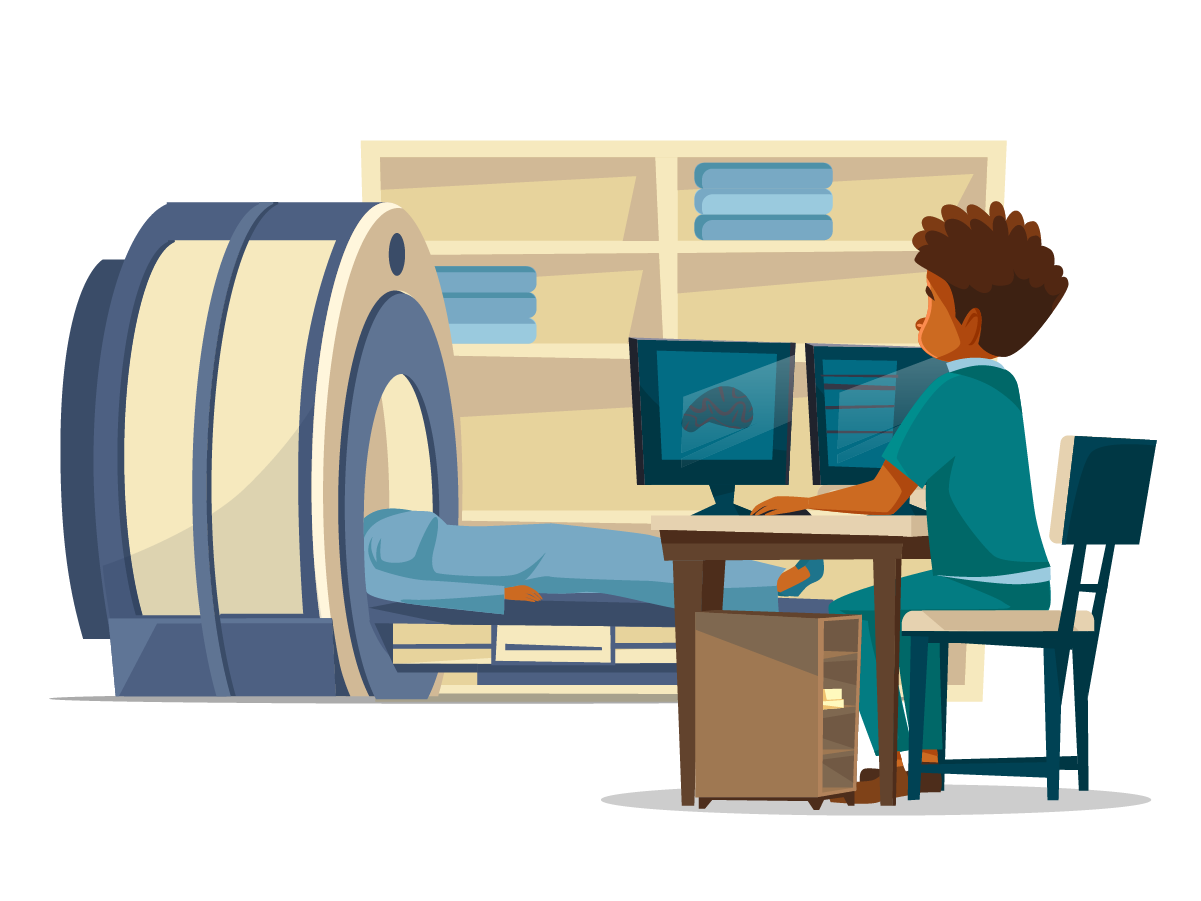Sign Up for Our
Updates
Is data worth anything if you can’t access, analyse, or learn from it? It should come as no surprise that the answer is a resounding “no.” Yet deep archives filled with “dark data” exist everywhere, thanks to a disconnect between the type of data being stored and the capabilities of the archiving systems.
The field of medical imaging has been particularly prone to this problem. With multiple modalities producing high-resolution images at a rapid rate, the data volumes in many facilities can get into the terabytes (trillions of bytes) and even petabytes (quadrillions of bytes). While Picture Archiving and Communication Systems (PACS) and Vendor Neutral Archives (VNA) can handle storage, they lack the advanced analytical capabilities needed to effectively allow doctors and medical researchers to access and study the stored images.
This inaccessibility means we have petabytes of valuable data sitting unused for years, even decades. This is data that could inform diagnostic decisions on a patient level and open up new avenues of research in areas such as Machine Learning that drive image recognition capabilities. It is at this intersection between archived image files and new image reading digitalisation technologies where Alphalake AI works with Pure Storage’s Pure-as-a-Service and XNAT to improve clinical decision making.

What is XNAT?
XNAT is an open-source imaging-informatics platform that facilitates the import, archiving, processing, and distribution of data, supporting annotation and machine learning. This gives both physicians and researchers far more scope for accurate analysis and diagnosis.
Though this platform is playing a pivotal role in opening up dark data sets in the medical imaging world, it hasn’t been without its problems. Each medical imaging modality offers different file types, sizes, and numbers in their data sets. Getting these random data sets into the XNAT system from the traditional VNAs or PACS can be challenging. Overcoming these challenges will give XNAT the ability to handle varied data sets, something no platform has been adept at to date. Of course, a lot of fine-tuning is still needed.
How Pure is addressing XNAT challenges
Pure Storage is self-tuning when it comes to data, meaning it can handle different types of I/O with relative ease. When used in combination with XNAT, it’s able to adjust to different data sets quickly. It does this through the use of Unified Fast File and Object (UFFO) storage. This is the latest evolution in the data storage space, consolidating the previously separate file and object storage paradigms into a single data solution that offers the benefits of both while moving beyond some of their limitations.
From the file storage side of the equation, UFFO takes the user-friendly interface, scalability, flexibility, and compatibility with existing workflows. From the object storage paradigm, it takes the interoperability and compatibility with cloud applications (object storage is the default for cloud-native applications). As most clinicians and researchers know, many real-world applications currently demand an intermeshing of these architectures, and Pure offers a relatively seamless way to achieve this.
How Alphalake Ai are connecting Medical Imaging Storage to Patient Care
Medical imaging faces the same challenges of data silos and interoperability that are prevalent across the healthcare sector. To diagnose a medical condition accurately, healthcare professionals need to have the appropriate files and insights available where they need them when they need them. Poor interoperability can also lead to unnecessary medical imaging requests. Performing imaging examinations that are not required puts a high-cost burden on the NHS and adds to the patient’s radiation burden needlessly, in violation of the Ionising Radiation (Medical Exposure) Regulations (IR(ME)R).
To overcome the interoperability challenge and improve data availability for patient diagnosis and ongoing care, Alphalake Ai is working with NHS Trusts to deploy connectors, bots and workflow recipes. The result of this unique combination and deployment of technology allows healthcare professionals to trigger information sharing between healthcare databases and automated notifications of medical testing requests, minimising delays, ensuring transparency and avoiding multiple or unrequired test requests. The GP has the imaging and the results they need immediately, without calling and following up with the radiologist.
Alphalake, Pure and XNAT: Meeting modern data demands
Modern data demands are huge in every industry, but the need for better, faster solutions is even more acute in the medical field. Simplicity, high performance, and the ability to have multiple applications sharing the infrastructure are all vital. Pure’s ability to automatically adjust to random data sets and Alphalake’s ability to share it makes it the ideal technology stack for the modern, agile environment and cloud-native PACS like XNAT.
PACS was once synonymous with storing images and forgetting about them until the time came for a data purge. Of course, the potential value in all this dark data was always known. However, without the technology to properly access and analyse it, dark data became the proverbial elephant in the room – something everyone ignored but couldn’t quite get out of their minds. Thanks to tools like XNAT and Pure, in combination with Alphalake’s healthcare connectors, the value in archived medical imaging data is experiencing a revival, both on a clinical level with the diagnosis and treatment of individual patients and a meta-level with population-wide research.
We asked Alphalake’s founder and CEO, Olly Cogan, to discuss how ongoing innovation can elevate this technology in the future.
“Using tools like Alphabot-for-Teams in conjunction with these technologies and rule-based “If This Then That” event-based digital automation can really start to drive practical efficiencies. These efficiencies can be derived from ensuring the processes and workflows that surround clinicians or increasingly AI-powered image recognition are automated, and the Human Machine Interface (HMI) supports a small and well-safeguarded step towards more autonomous healthcare,” he said.
Here at Alphalake, we are proud to be bringing the world’s best technology into healthcare to enable efficiency and improve the experience through innovation. Working with Pure Storage provides the technical architecture needed to drive the intelligent foundation layer that is the way forward in radiology and medical imaging. In addition, we are able to leverage this capability within our process automation and user interface tools as we develop solutions like our healthcare-specific Connectors in Workato and the Digital Assistant for healthcare workers, Alphabot-for-Teams.




